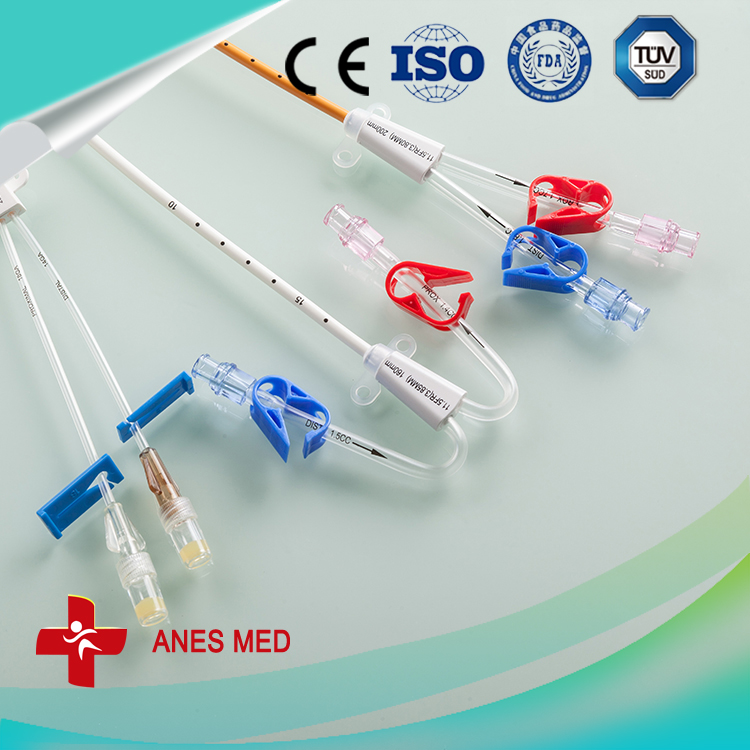Damaged parts: leaf damage symptoms: at the beginning of the disease, white spots appear on the onion leaves, oval or nearly round, 1 to 3 mm in diameter, mostly developed from the tips of the leaves downwards, gradually connected into pieces, so that the onion leaves curl dead, when the humidity is high The disease department gave birth to a layer of brown mold, that is, pathogenic conidia and conidia.
Pathogen characteristics: Mycelium is colorless, transparent and separated. Conidiophores protrude from the host leaves and grow on the same sclerotia in the culture medium. They are pale gray and dark brown afterwards. They are separated by 0-7, the base is slightly enlarged, and there are more branches at the top. Branches are sometimes constricted, the top of the bulb is swollen, and the denser ones are born. The spores are born on the top of the small stalks. After the spores fall off, the lateral branches shrink and form wavy folds, shed, leaving a clear scar on the main branch. Length 208 to 12169.6 to 19.2 microns. Conidia oval to elliptic, transparent, early light gray, after the gradient brown, size 12.5 ~ 258.75 ~ 18.5 microns. In addition, Botrytis cinerea Pers.
Transmission route: The pathogens pass through the winter with mycelium, conidia or sclerotia, and are transmitted with air currents, rainwater, and irrigation water.
Incidence conditions: Lower temperatures and higher humidity are the conditions of occurrence and prevalence.
Chemical control: 50% carbendazim or 70% thiophanate-methyl WP wetted 500 times in the initial stage of the disease. If necessary, 50% fast keratin or 50% acetaminophen and 50% nongrill can also be used. Wettable powder 1000 to 1500 times, pyrimethanil (SJ) Lepergent 1,000 times or 12.5% ​​Mystic Emulsion 1000 to 1500 times, 20% 100 rot wettable powder 185 to 250 grams/Mu, 20% Bombay Wettable powder 175~200g/mu, 50% procymidone wettable powder (sikorning, Shengdeling) 50~100g/mu, 65% methylthiomycin wettable powder (kedexing) 45~ 70 g/mu, 50% ethylene nucleus dry suspension (Nongliling) 75 to 100 g/mu.
Agricultural control: (1) Use appropriate disease-resistant varieties. (2) clean the pastoral. Remove diseased bodies in time to prevent the spread of germs. (3) The timely ventilation and dehumidification is the key to prevention and treatment of the disease. The amount of ventilation should be determined according to the growing trend. The outside temperature should be low, ventilation should be small or delayed, and the wind should be prevented from sweeping. (4) Cultivate strong seedlings and pay attention to eel breeding. Apply more organic fertilizer, timely fertilizer, watering, weeding, and keeping good.
Specifications
Extra large side holes improve flow, reduce clotting is Removable stylet eases vessel insertion, improves catheter flexibility
Extra large side holes improve flow, reduce clotting
Removable stylet eases vessel insertion, improves catheter flexibility
Tip clip allows versatile positioning
Soft silicone catheter is kink resistant, excellent for femoral use
Single insertion efficiency, Dual catheter effectiveness
Features:
Over-the-wire insertion reduces risk of air embolism
High-flow
Secure anchoring
Single-site insertion
Polyurethane catheter for improved strength and flow rates
*Related Products:hemodialysis line(Dialysis Line) kit,Dialysis Catheter Kit.

Hemodialysis Catheter,Hemodialysis Catheter Kit,Dialysis Catheter,Disposable Hemodialysis Catheter,Hemodialysis Line Kit,Dialysis Catheter Kit,Dialysis Line
Anesthesia Medical Co., Ltd. , http://www.sinoanesthesia.com